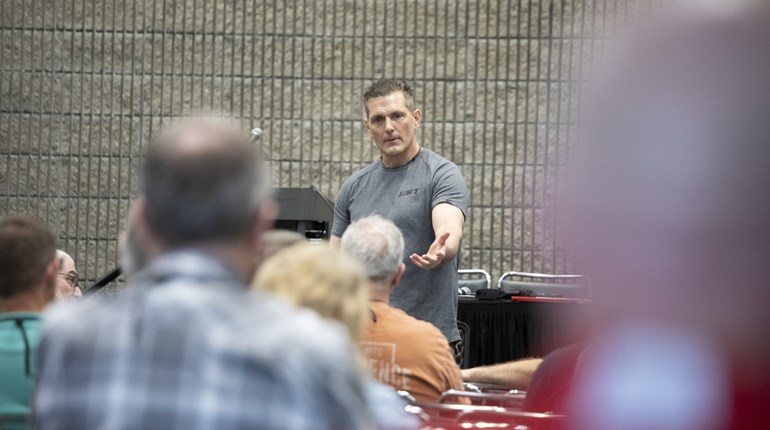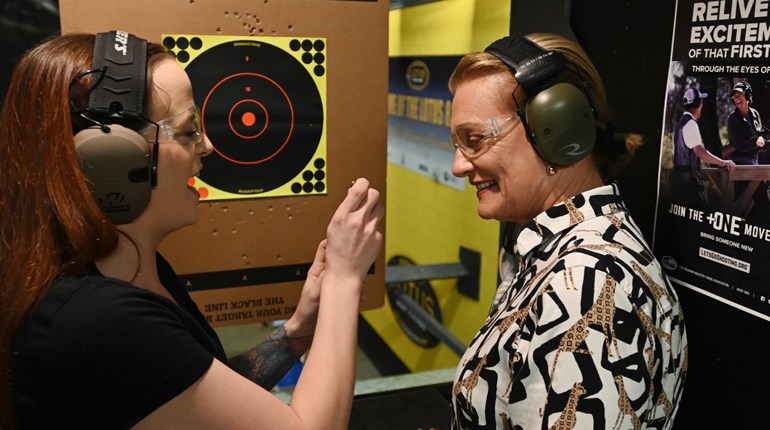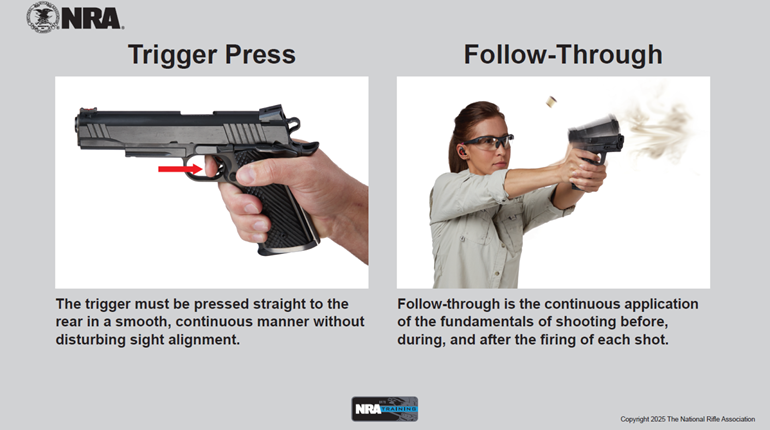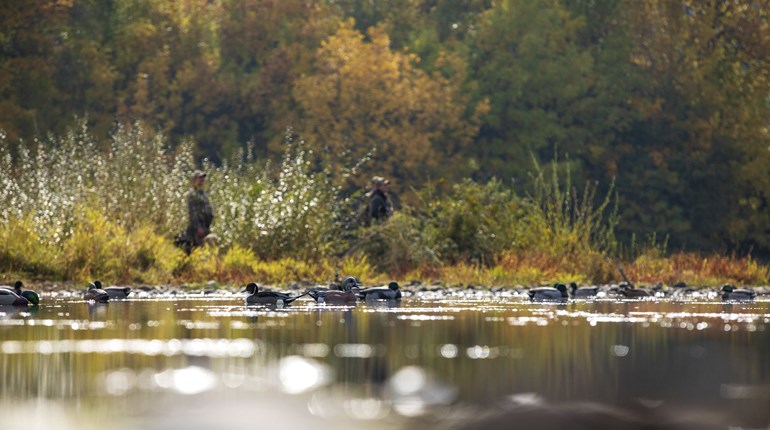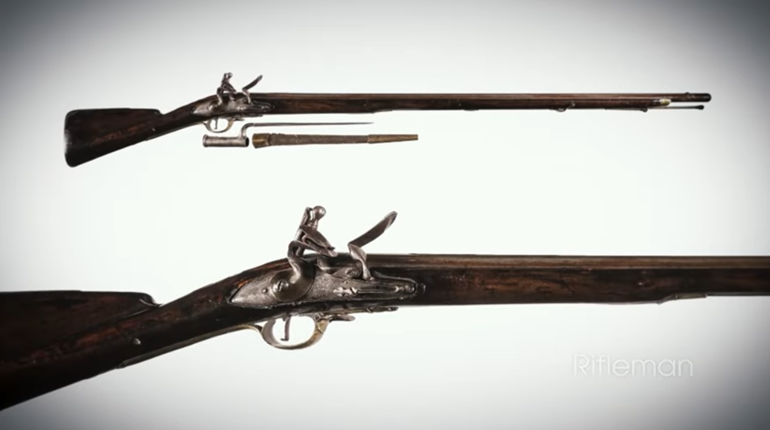
NRA trainers form the backbone of our efforts to fulfill the NRA’s mission of developing and maintaining the national standard for safe and effective firearms education and training. As Doug noted in his introduction to this newsletter, whether you’re a coach, instructor or training counselor, you play a critical role in educating law-abiding Americans on the safe and effective use of firearms.
We created this newsletter, the NRA “Bullet-In Board,” as a way to better inform and educate NRA trainers, so that you in turn can better educate and inform your students. I hope that you find it useful and welcome your feedback. As the front line of those educating America’s gun owners, NRA trainers have invaluable insight into how your NRA could better fulfill our mission. I invite you to provide any ideas, tips or other feedback to [email protected].
You’ll note that this issue of the newsletter focuses heavily on the use of red dot sights on pistols. This is a topic that many trainers have asked for help with from our Education & Training Division. While the use of red dots on handguns is not new, (Jerry Barnhart was the first shooter to use a red dot to win USPSA nationals almost 35 years ago) the availability of factory-cut pistols and red dots that are as reliable as the pistols they’re mounted on is a more recent development.
The ready availability of optic-cut pistols and reliable and concealable red dots has led many new shooters and some skeptical iron sight aficionados to transition to the pistol-mounted red dot. As someone who long fell decidedly in the "iron sights only on a defensive pistol" camp, here are some tips that I learned in my own personal journey transitioning to carrying, training, competing and teaching with a pistol-mounted red dot.
Setup
Correctly mounting a red dot to a pistol is critical for ensuring that one has a reliable and durable sighting system. Universal practices across all red dots should include correct torque (per manufacturer’s recommendations), thread locker and witness marking. Installation should be by a qualified gunsmith where it is required by the manufacturer, or for users who are less familiar with working on their own firearms.
The small screws used on many pistol red dots necessitate a very narrow torque window between being tight enough to properly secure the sight, and so tight that the small torx or hex interface strips. A torque limiting driver should be considered mandatory equipment for installing a red dot on a pistol. Thread locker should be used on all mounting screws (again per manufacturer’s instructions). Prospective red dot users should note that some thread lockers require the product to cure before installation, while others must be installed “wet” and cure in place. Finally, a witness mark should be made on every fastener using a paint pen or silver marker to indicate if the fastener has moved due to recoil forces.
Finding the Dot
The biggest challenge many new red dot shooters face is acquiring the dot quickly. Unlike iron sights where the sighting system provides feedback on alignment even when it is not directly in the shooter’s eye target line, a red dot sight must be near-perfectly aligned before the dot is visible in the window.
Just like learning that a perfect “equal light, equal height” sight picture isn’t required to get hits with notch-and-post iron sights, shooters will quickly realize that getting good hits with a red dot may be possible with varying amount of visual feedback. Sometimes simply seeing the rear of the slide in the eye target line is enough feedback for a skilled shooter on a higher probability target.
There are also a number of gear and training developments that aim to make finding the dot easier. Larger window optics are generally more forgiving on alignment, and some manufacturers have used larger reticles to aid the shooter in finding even a piece of the reticle that will give a visual indication of alignment. Some instructors have also developed some technique-based solutions to find the dot. While they may be helpful, they can also lead to a “hitch” that slows down a smooth and efficient presentation of the pistol.
The simple solution is practice.
The good news is that much of the practice can be accomplished in dry-fire. Normal dry-fire safety practices must be followed, but a few minutes a day working on dry-fire draw practice should help to develop a sufficient “index” in about two weeks. An index is similar to learning natural point of aim for rifle shooting, but relies more on consistent practice than NPA because it’s not possible to rely as heavily on skeletal support as positional rifle shooting. Once a shooter has refined their index, they should be able to find the dot simply by presenting the pistol into the eye-target line.
Maintaining Target Focus
A big advantage of red dots over irons is the ability to maintain visual focus on the target while having enough feedback from the dot to provide an adequate aiming reference. While this may seem simple, the giant glowing red or green orb close to your face tends to grab your attention. It is very easy to start a string of fire with target focus but get “drawn in” to the dot as it moves in recoil.
To mitigate this, shooters should pick a very specific aiming spot on the target. This is more than just the A-zone or X-ring; the smaller and more specific the reference, the better. "Aim small, miss small" holds true here.
The true “Zen” of red-dot shooting occurs when the shooter perceives holes in paper or cardboard or splash on steel at the exact target spot in real time, with only a limited attention on the dot overlaying the target.
As with irons, accomplishing hits at speed requires a spectrum of varied amounts of visual feedback and attention. Personally, I use at least three distinct aiming techniques depending on target difficulty. For the easiest targets, just having the pistol presented at the target and perceiving some amount of the dot moving across the target spot (this usually visually appears as a stripe) is enough of a visual reference. For moderately difficult targets, I let the pistol settle to the point that the reticle becomes clearly perceivable as a dot on the target spot. And, for the most difficult targets, I let the dot settle and put more attention into the trigger pull to ensure that it is pulled straight to the rear without disturbing the dot.
Learning when and where to use the various aiming techniques is part of the learning process for red dots, but learning to maintain a strong target focus will set shooters on the right path for good shooting with the red dot and should be a primary goal for trainers introducing shooters to red dots on pistols.
Improving the Bullet-In Board
I hope you find this first issue of the Bullet-In Board valuable, and I’d like to again ask you for your advice on improving this newsletter and everything else NRA does for our trainers. Please provide your feedback to [email protected].
Thank you for everything you do to educate and train America’s gun owners. A safe and well-trained gun owning public is critical for the future of our Right to Keep and Bear Arms.
Stay safe,
Josh














